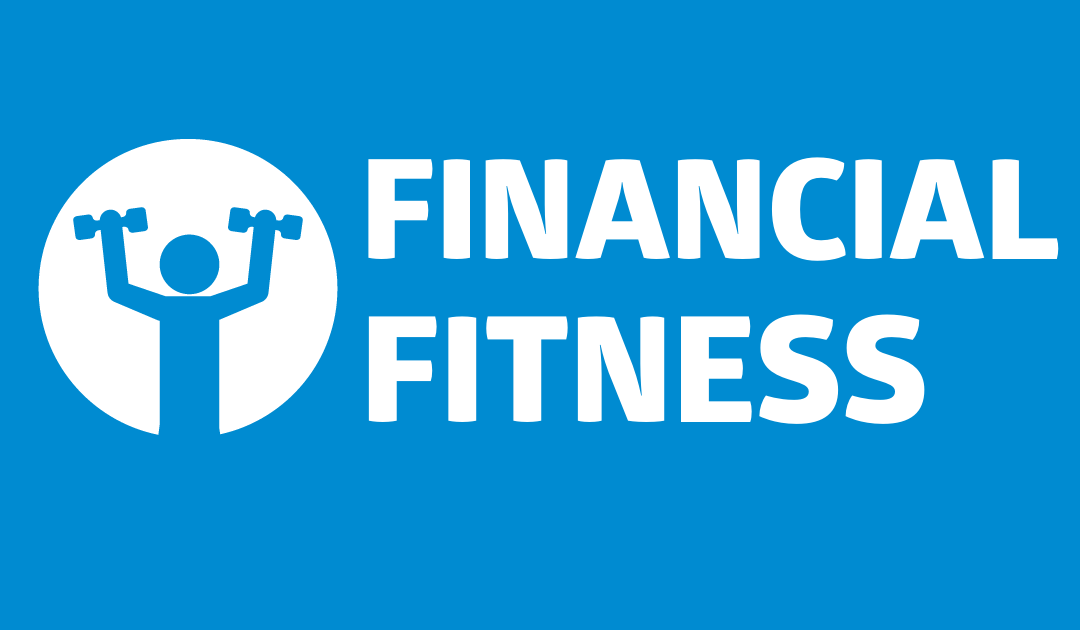By Charlestien Harris
Does it ever feel like your money is hiding from you and that you’re always looking for it? If this is the case, you are not alone. Maintaining your financial health isn’t a game, but it can certainly feel that way at times.
Approximately 40% of Americans that earn a paycheck can not survive at least a month without dipping into other budgeted categories to cover necessary expenses. There may be several reasons why your money seems to be hiding from you and why you’re unable to make ends meet.
One reason may be what I call “phantom” spending or the disappearing dollar. This occurs when you spend money unintentionally or you can’t account for its disappearance. These expenses or purchases are so small that it would be easy to not notice them, but they can really add up if you are not careful.
An example of this would going to the gas station to purchase fuel for your car, but when you get into the store you purchase a beverage and a snack in addition to the gas. You did not intend to buy those items and they were not included in your monthly budget, so you didn’t count them as apart of your monthly expenses. This habit can become a major budget buster if you don’t get that kind of spending under control.
Another reason your money may be playing hide and seek is because you may not have established a clear boundary between your needs and your wants. Sometimes that line can get blurry. You may have an amount set aside for dining out and you have already spent your allotment for the month, but it is Friday and you don’t feel like cooking, so you order take-out. This action can also make it seem like your money is disappearing.
Now you may be asking what can I do to find my missing money and how do I keep up with it? One simple solution would be to begin tracking your spending habits to learn how your money is being spent. My recommendation is to keep up with your spending habits for at least a month to get a true assessment of those habits.
Start by writing down each time you disperse money. The next step is to create named categories that reflect the spending such as clothing, food, gas, entertainment and so on until you have created a category for each type of purchase. Once you have created those categories, use tally marks for each time you spend money in those categories. At the end of the month add up those tally marks under each category.
Make a list of those same categories ranking each in the order of the highest number of tallies to the lowest. This process will give you a glimpse into where your money is going. The category with the highest total signals where your money is hiding and how it is being spent. When you have completed this process, you can begin to assess your spending habits and quite possibly make some changes or at least be able to identify those spending leaks that have been playing hide and seek with you.
There are resources that can help you to organize your tracking efforts. FDIC Money Smart has a spending diary tool that is very easy to use and can be downloaded at http://moneysmart.fdic.gov . You can also find additional information in our user friendly financial library at http://southernpartners.org/learning-center/. If you need further information or to speak with a credit/housing counselor in your area, call your local Southern Bancorp branch. Until next week, stay financially fit!

